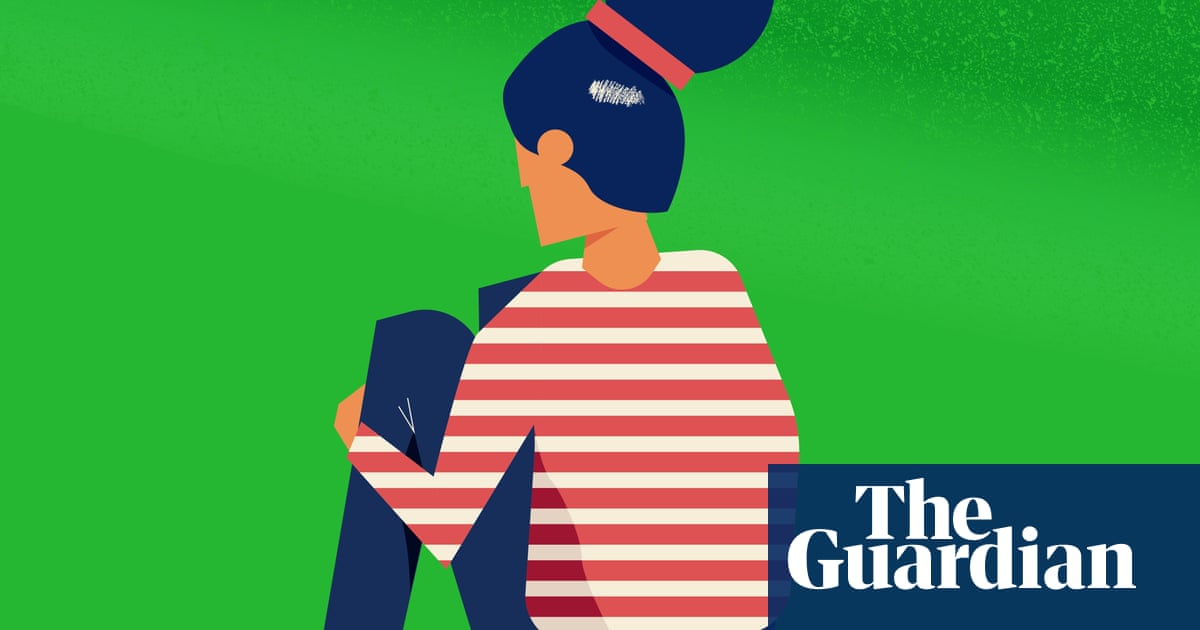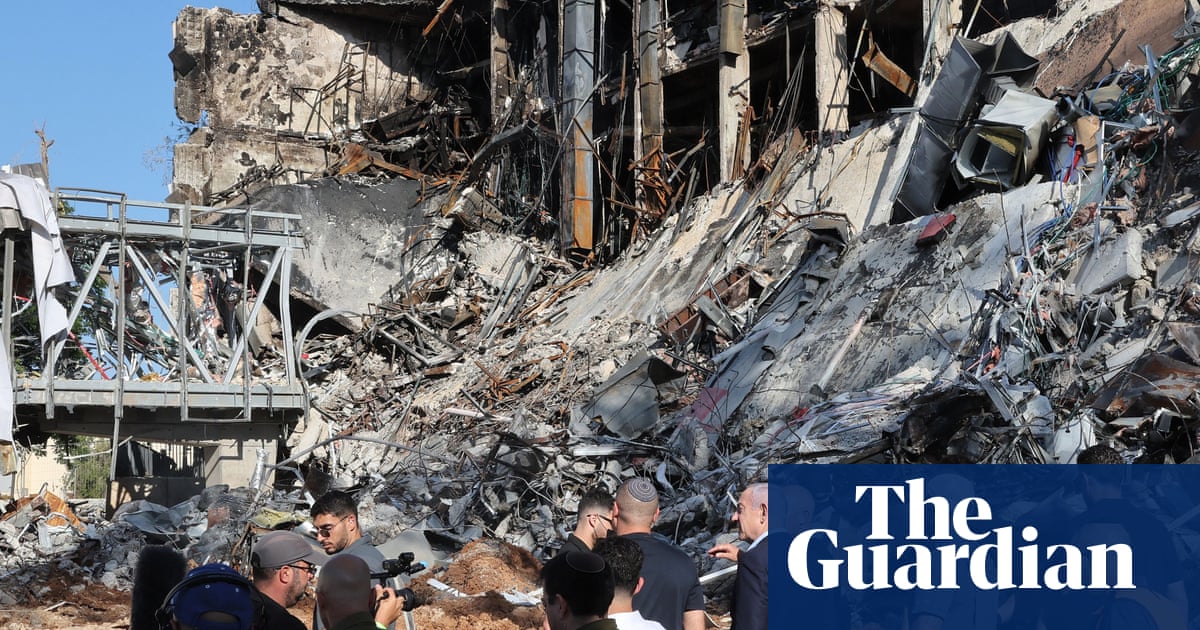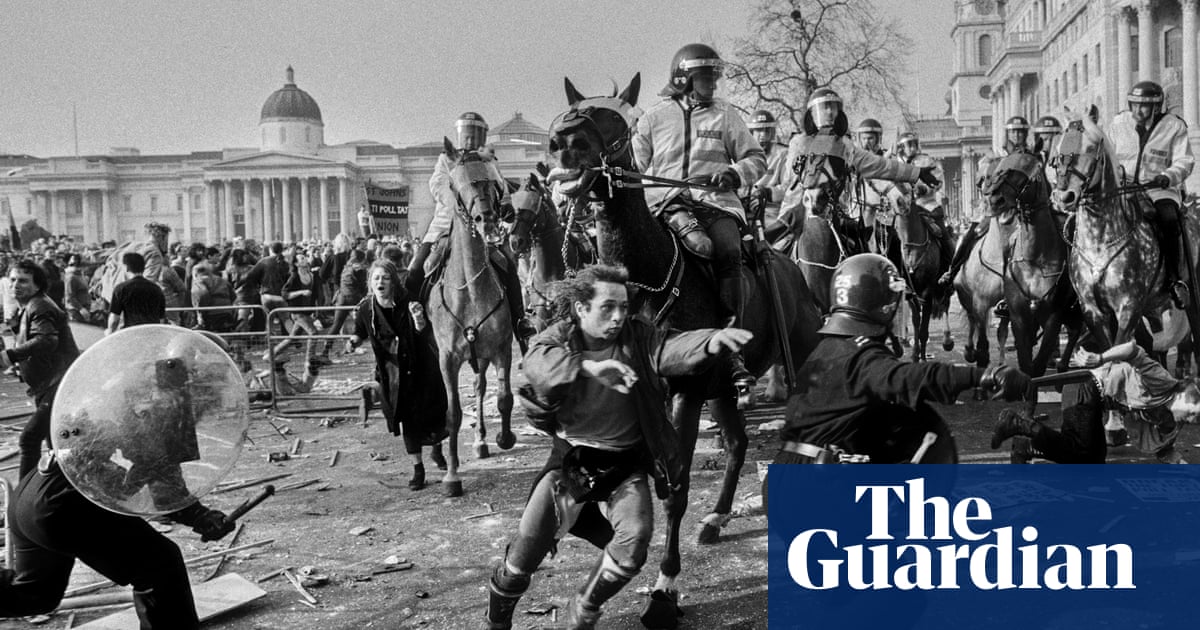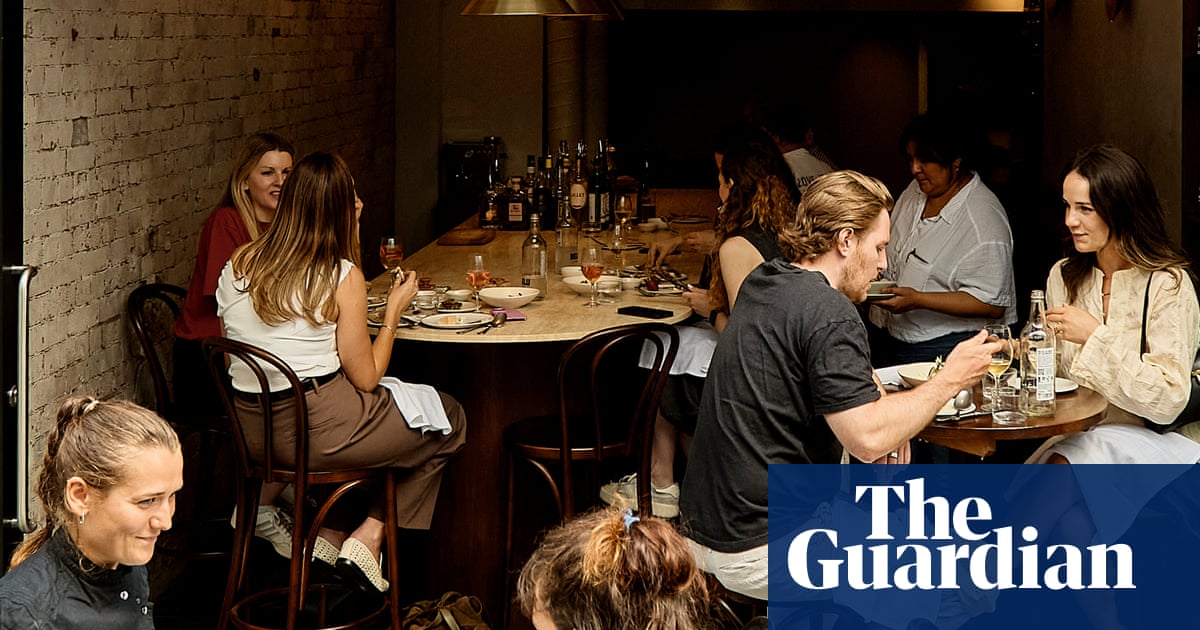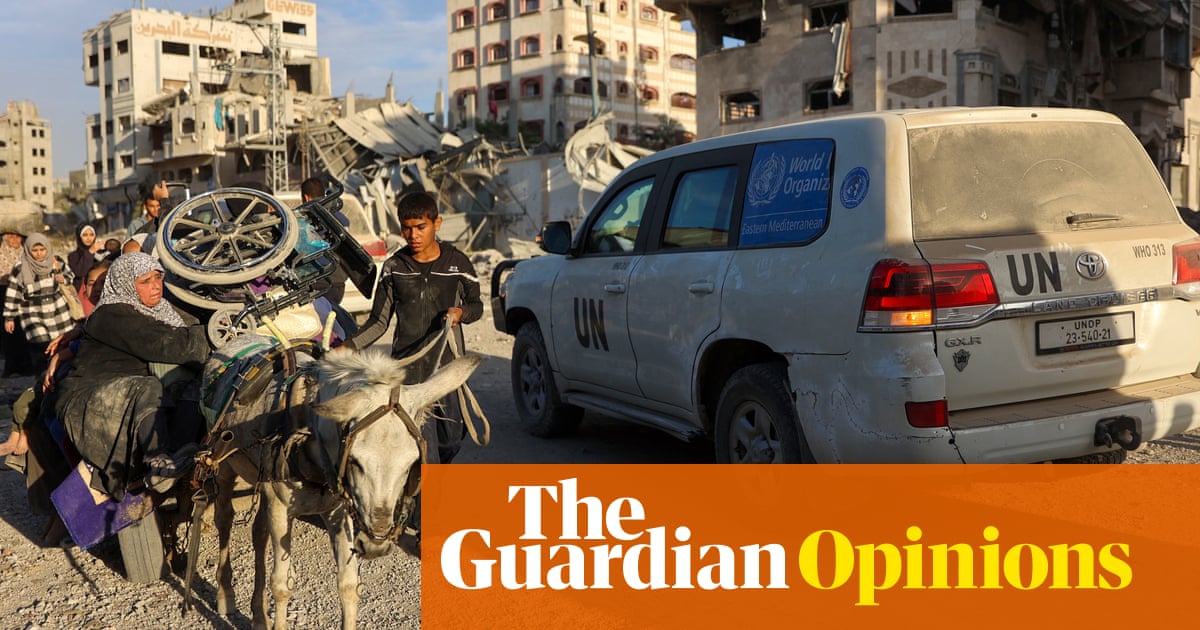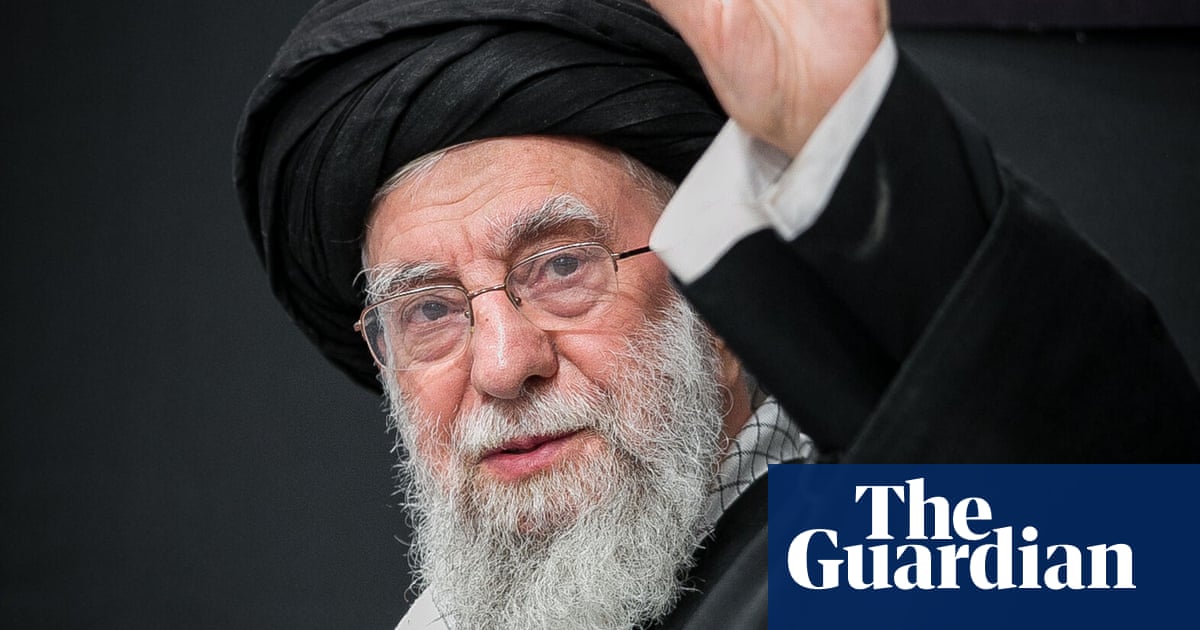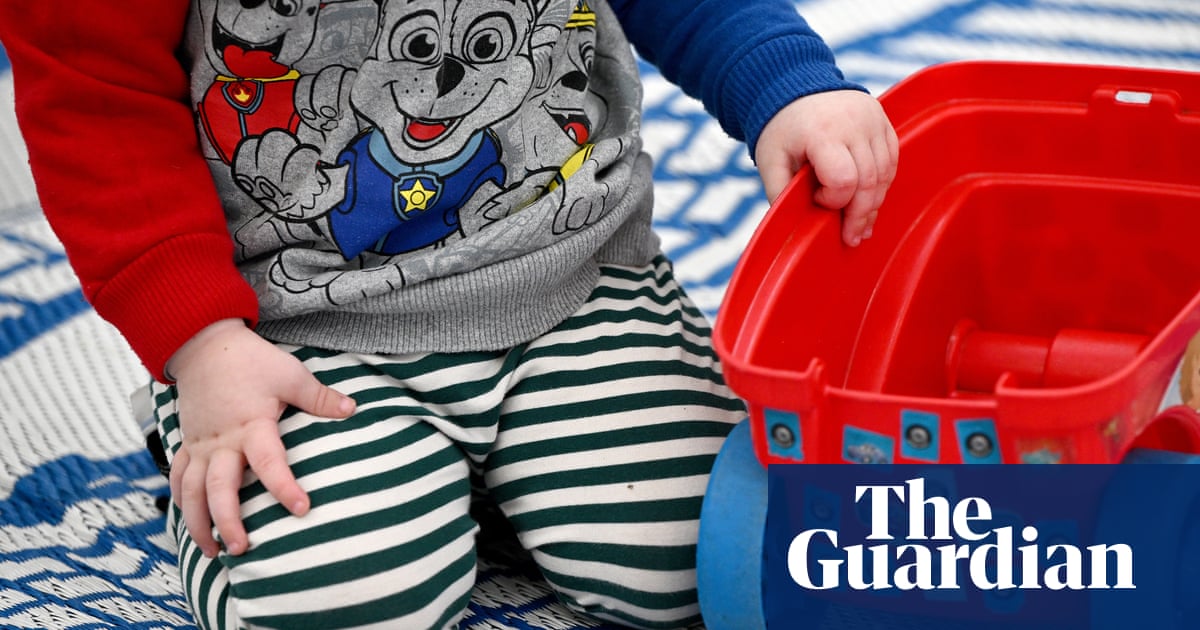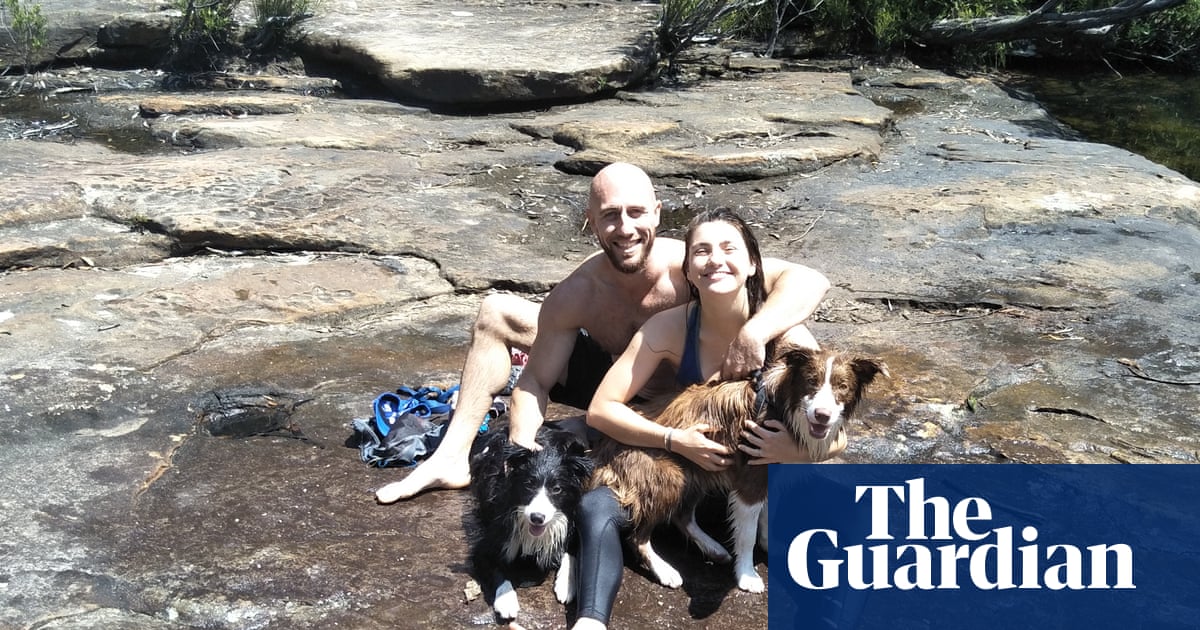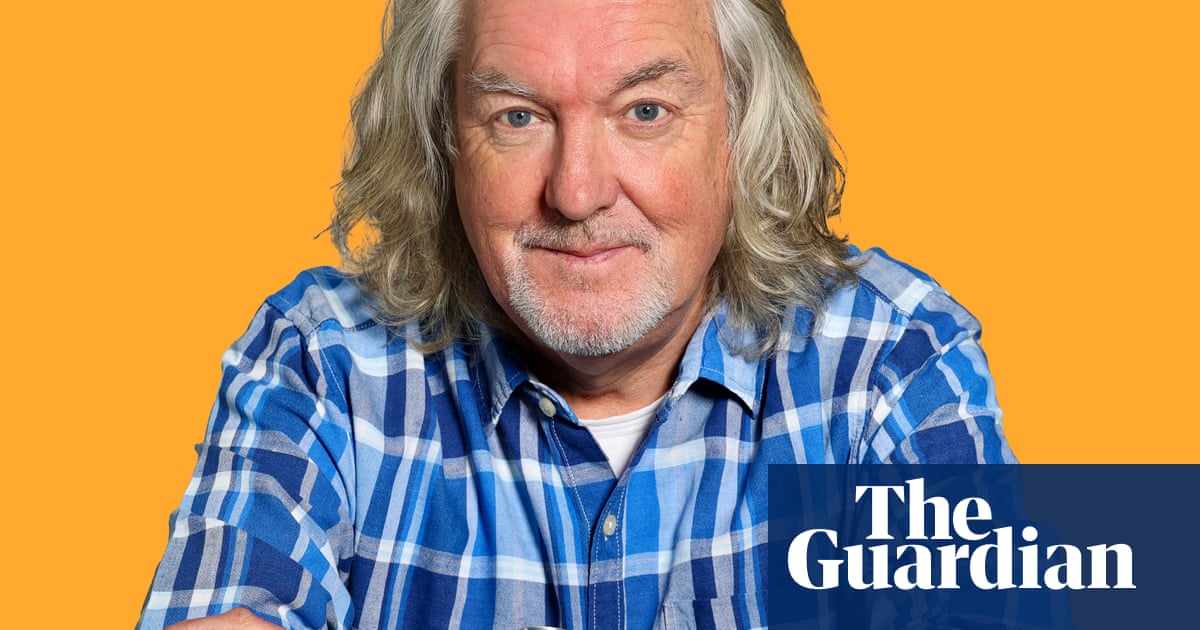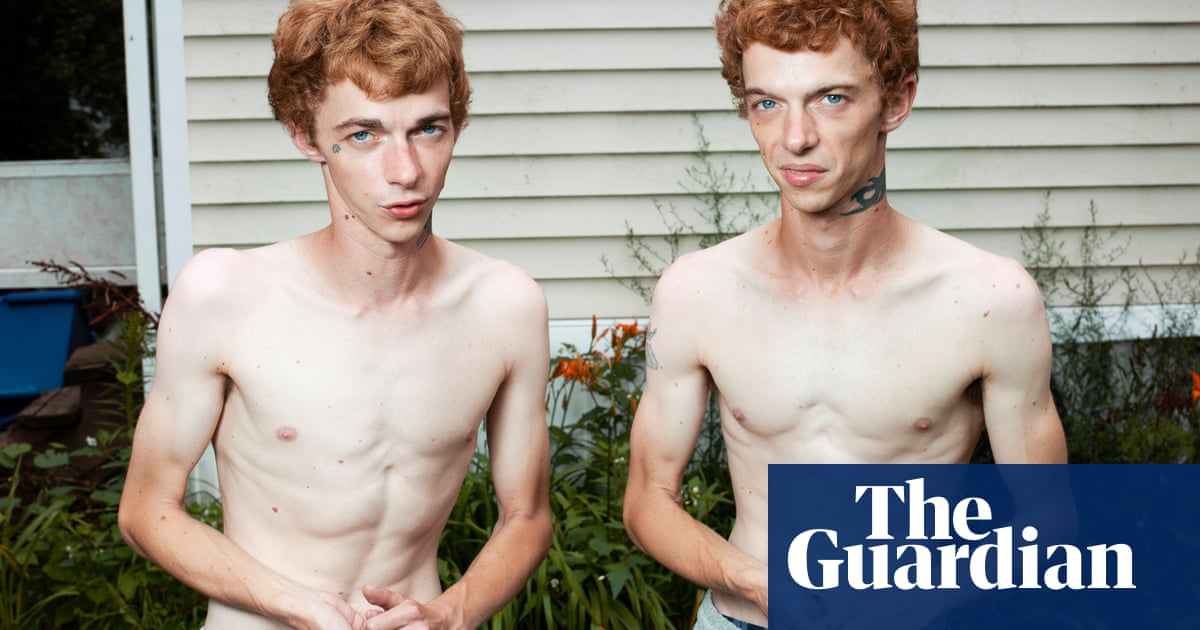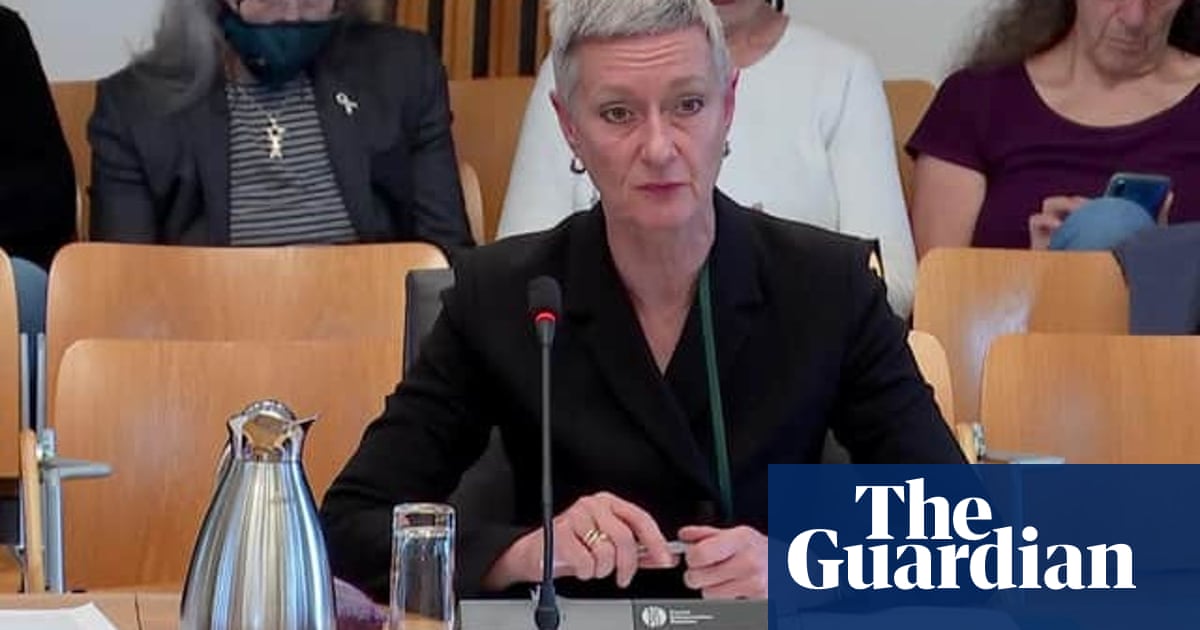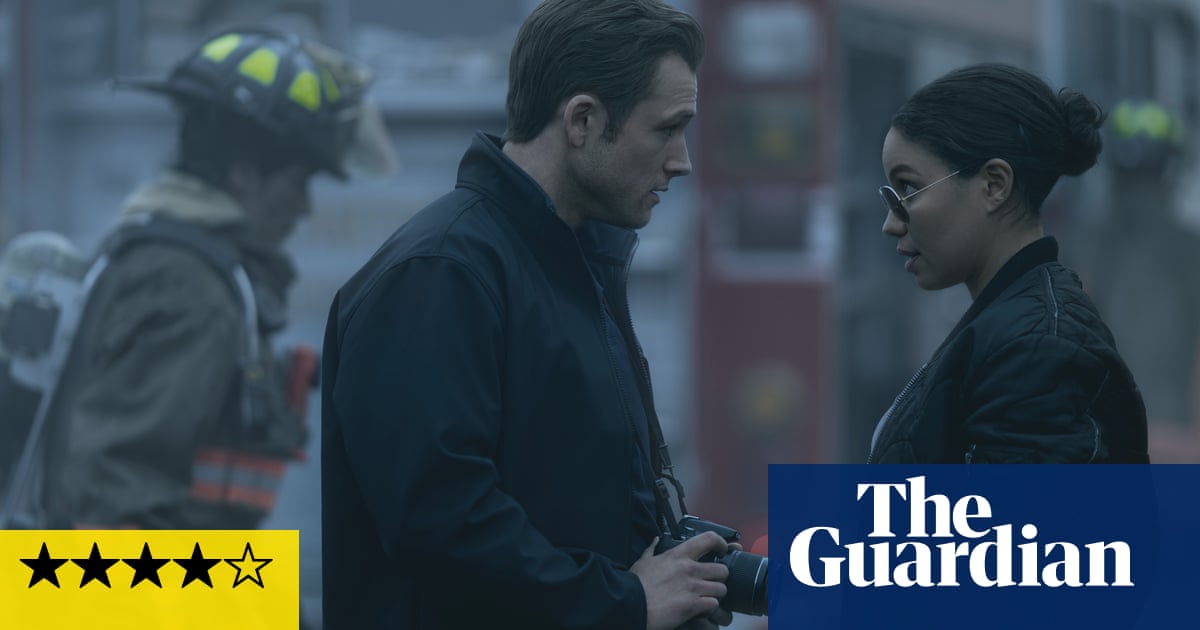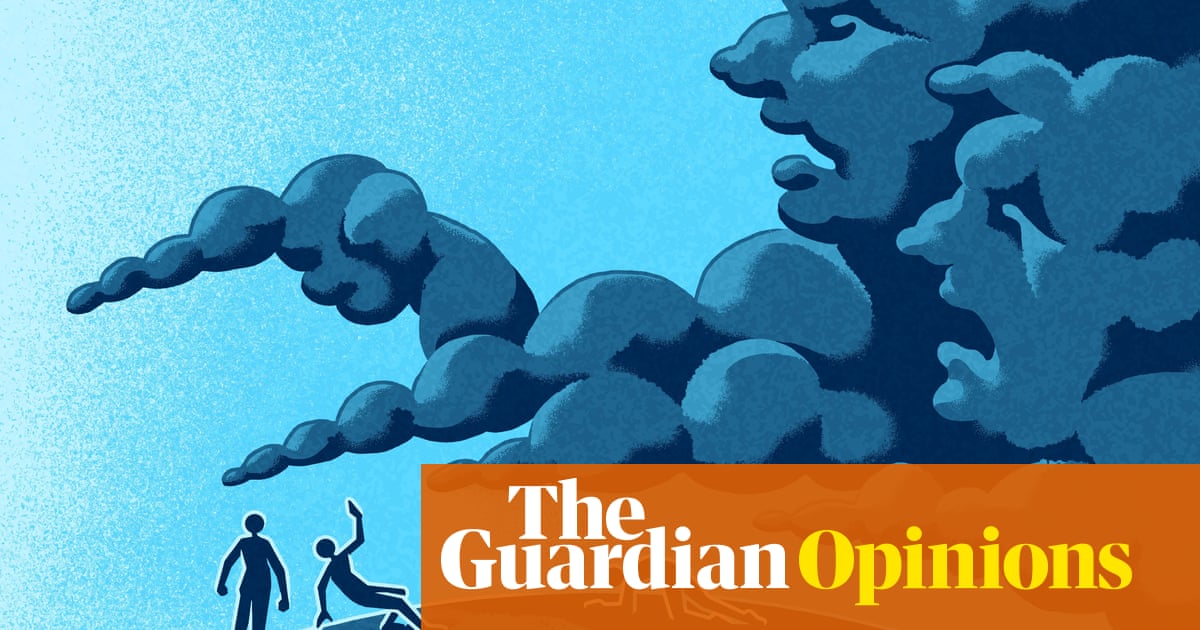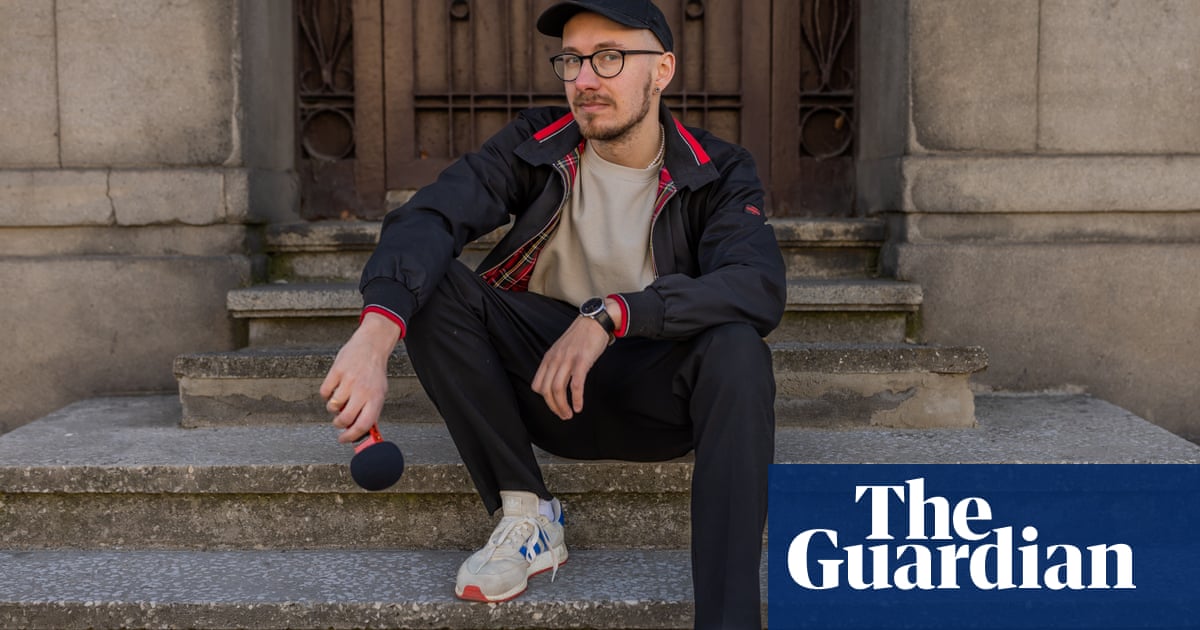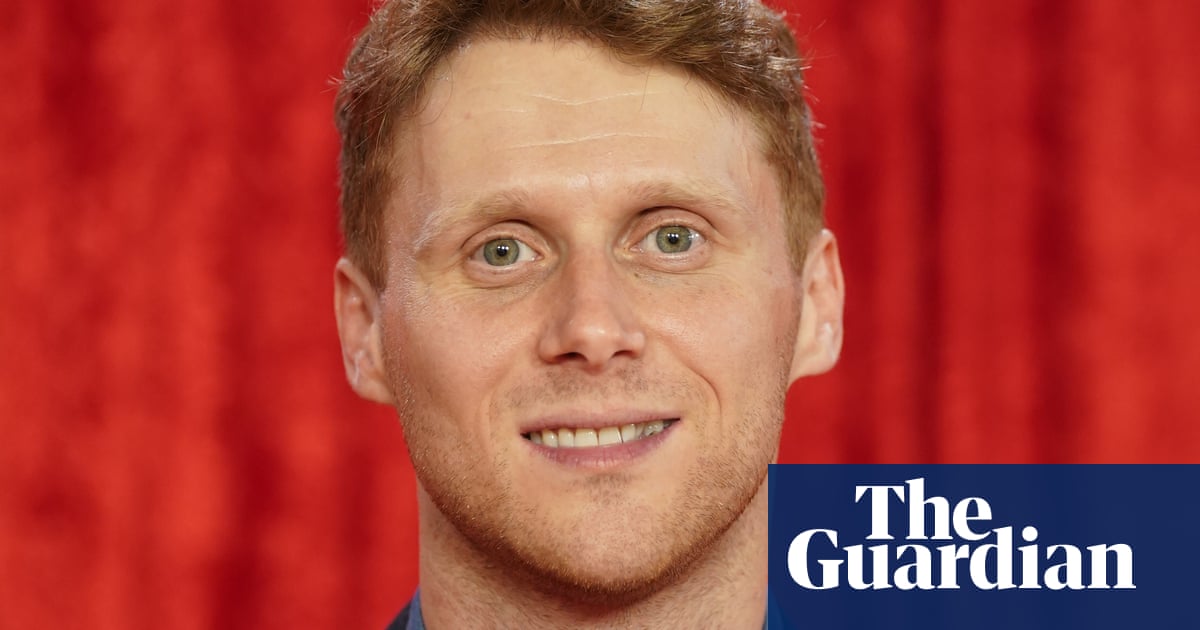Eman Shawwa
How Gaza inspired me to be a ‘surgeon’ for historic buildings
When I was a child walking to elementary school, I’d pass by massive, castle-like buildings in the old part of Gaza City. They fascinated me because they were so different from the buildings around my home. One day, I asked my mom why they were so different. “They were built a long time before our home,” she said simply. I wasn’t satisfied. “But Grandpa’s house was built before ours, and it is in our same style. Why is that?!” Being a curious girl, I continued with my “why and how” questions. I wouldn’t stop until I understood.
My mom had no other choice but to teach me a bit about Gaza’s architectural history, including how buildings differed from one era to another. As expected, it was difficult for a little girl to understand the new words. My mom tried using metaphors so I could grasp new ideas. “Gaza is like a human being, a person. A person begins small, then grows up over time to become old. It’s sort of the same with buildings; they are ‘born’ in one form, but their size and condition changes with time, until they are old and worn.” For me, that was clearer and more convincing!
My fascination with historic, castle-like buildings grew. I was overwhelmed with joy whenever my class went on a school trip to visit these vestiges of our history. These school trips offered rare opportunities to walk inside the buildings and get to know them more intimately. The building that most fascinated me as a child was Qasr al-Basha, which local legend says was built by the 13th-century Mamluk sultan Zahir Baybars for a Gazan woman whom he fell in love with and married. Romantic, right?

While I was flipping through TV channels one day, I stumbled upon a documentary explaining how archaeologists study ancient buildings and try to prevent them from collapsing or eroding away. It seemed to me that these archaeologists were like surgeons, trying to prolong the lives of their elderly patients. They clean the worn stones and inject substances that prevent corrosion. The buildings embody the world’s history and so we must care for them. I couldn’t stop wondering why I didn’t see similar methods used to protect and preserve the historic buildings in Gaza City.
As the days passed, I learned that, in Gaza, it’s the architects who care for old buildings. (I’ve since discovered that in more well-resourced countries, preservation is the province of specialists called conservators, with architects designing new or remodelled buildings.) I decided to become what I like to think of as a “surgeon for historic buildings”. So I started my studies at the Islamic University of Gaza (IUG) in 2008 and I became an architectural engineer.
While studying, I enrolled in every programme and organisation I could that was relevant to the preservation of Gaza’s architectural heritage. One of these is Iwan Center for Cultural Heritage at IUG that works to restore and preserve Gaza’s historic urban sites, trains professionals in the art and educates the public. As a member of the team there, I collected social and economic data for residents living in historic buildings, such as the number of family members and their employment status. When donor funds become available for renovation, we prioritise by need and the condition of the building.
There are so many buildings falling down, with the walls eroding due to moisture and threatening to make residents homeless and with no protection from the cold of winter and the searing summers. I see now the need to spread awareness of the value of these structures to our heritage and what we can do, as a people, to save them. To be fair, there are quite a lot of renovated residential buildings, but sadly, the techniques have not always made them better; instead, sometimes erosion of the stone accelerates.

Other buildings have been demolished by their owners who are unaware of, or don’t care about, their historic value. They do this to replace them with bigger houses that can accommodate a family’s expansion in one of the most densely populated places on Earth. Two million people live on 365 square kilometres. That’s 5,479 people per square kilometre. Our government is too poor to offer any financial support to owners of historic buildings. Something else I came to realise is that there is not enough experience in the field of architectural heritage preservation in Gaza. With so many life-or-death crises here, protecting buildings always ends up at the bottom of the government’s priority list.
It’s also important to note that Gaza’s ancient buildings and heritage suffer first and foremost due to the Israeli blockade. The blockade prevents many construction materials from entering the Strip and any that make it in are immediately used to rebuild houses and essential public buildings destroyed by the Israelis’ relentless bombing. The siege is also the main obstacle to communicating and collaborating with any international experts and organisations.
Sometimes I wonder how close we are to losing the architectural heritage of Gaza. If still-living souls, crying out from Gaza to the outside world, are barely heard, how will ancient stones fare any better before they erode away, taking with them the history of a city and a people? Will anybody hear their silent cries before it is too late? If you want to erase a nation, start with its history. Gaza City’s history is a big part of the history of Palestine, the Fertile Crescent and the Holy Land. We all need to care because it is a part of our human history.
Eman remains in Gaza, and has been forced to relocate three times. She had been pursuing her master’s degree in business administration before the genocide began, but has been unable to complete her thesis (on entrepreneurship and the sustainability of startups in the Gaza Strip) due to the internet blackouts. She hasn’t felt safe enough to venture out to see what has happened to the historic buildings she loves so much, but she is aware of the statistics: “More than 60% of our buildings here have been destroyed. The rest are damaged to some degree.”
Lubna Abuhashem
A Palestinian woman takes charge
Every morning, Amani Shaat starts her day at 9am by shopping for all the ingredients she needs for the day. Then she heads to her little street kiosk to cook beefburgers for the customers who keep her busy until almost midnight. Amani, 25, is the first woman in Gaza to work in a street kiosk. After she started her business, named Salt3 Burger, in January 2023, she was soon noticed by journalists and curious customers. “They were astonished to see a girl standing and cooking in a kiosk on the street. The number of burger patties I had prepared for two days finished after two hours,” she recalled happily.

Amani’s route to her little kiosk overlooking the sea on al-Rasheed Street took a number of twists and turns. She started out working in a wedding dress shop, where the pay was poor. Four years ago, Amani and her husband travelled to Turkey, looking for better work. First, Amani worked in several factories, but then she found work that was more fulfilling: waitressing and cooking in different restaurants that offered western dishes. This is how she learned the recipe for beefburgers.
While she prepared a burger meal for a customer in Gaza, Amani told me: “My life was stable enough in Turkey. I wasn’t planning to come back to Gaza. But my mother is very sick, and I wanted to be with her. Her treatment will last for a long time, so I started to think of what I could do for a living while staying close to her.” It was her dream to run her own fast-food business. She thought about starting up in a retail store in the university district, but there was a big problem: the rent was expensive and she had no money. And most of her customers would be university students who don’t have much money to spend. The situation looked hopeless until one day, when she was walking on al-Rasheed Street, she spotted an abandoned kiosk.
She managed to locate the owner, Mahmoud Almuhtadi, who was running another kiosk next door. “I told him I want to rent this abandoned kiosk. He said he used it for storage,” recalled Amani. “Then he said, ‘You are a girl. What would a girl do in a kiosk?’ I told him the idea and he was impressed and said, ‘I will give you the kiosk and I will be your business partner.’” Not everyone in Amani’s life believed in her and many tried to discourage her from pursuing her fast-food dream. “People surrounding me told me I would fail in this as I had failed in everything else. So I was worried that all my efforts would be in vain because I wouldn’t be able to do it alone without support, especially since I didn’t have enough capital.”

But Amani was determined to give it a try. She knew she had two things on her side: one, in Gaza, beefburgers are only offered in restaurants where they are relatively expensive; and two, she could prepare the burger patties herself, according to her own recipe. Amani sells a burger without chips for seven shekels (£1.50) and a burger with chips for 10 shekels (about £2). Amani cannot contain her excitement about how successful her small business has become. “I was stressed out when the first customer came on opening day,” she recalled with a smile. “I work all day. I am exhausted. But when a customer tells me, ‘It is delicious’, I forget all the tiredness and I feel as if I am over the moon. I don’t know what my next step is. I don’t even have time to think about it. All that matters is that I am achieving what I have always dreamed of.”
Lubna, her parents and sister were able to leave Gaza for Egypt three months into the war. Three siblings and their families remain in Gaza.
Aya Zaqout
Gaza, my homeland, we will rebuild you one day
My name is Aya, and I am 23 years old. I have been an artist for 10 years. I also graduated as a dentist from Al-Azhar University in Gaza, in June 2023. I have long pursued both of my dreams. I now have an extensive collection of my artwork, in the hope of opening my own gallery. I already have participated in many exhibitions, but my dream was to “star” in a major solo show.
Meanwhile, I spent five years studying dentistry, which also is a form of art. Enhancing someone’s smile, and thus making a difference in their life, has been incredibly fulfilling for me. However, the war on Gaza has drastically altered those plans. On 7 October, just two months into my year-long, postgraduate dental training, the Israeli occupation forces forced me to evacuate my home in northern Gaza and flee on foot to the south. Along the way, we were forced to pass through many army checkpoints. Israeli soldiers stood in a line along the path we walked, calling out names on microphones. They forced us to raise a white flag and show our IDs. They randomly selected young men and ordered them to strip off their clothes. I saw burned bodies strewn in the middle of the street.

I will never forget that traumatic experience. I left behind all my paintings, along with the tools and supplies I need to create art. I also have had to halt my dental training, putting my entire career on hold. My university, the hospitals and the clinics where I trained are all destroyed. There is no life left to return to. My family and I were displaced twice more since then. Despite claims by the Israeli army that southern Gaza was a safe area, this was not true. Basic necessities were nearly impossible to find. Clean water was scarce, and aid from other countries was blocked by the Israeli army at the Rafah crossing, preventing it from reaching the general public.
But the most painful reality for me was that it was the longest period I had ever gone without drawing. I desperately needed to create, but I could not find art supplies. All I had at hand was a pen and some white paper. I urgently needed to draw to relieve my stress, so I settled for those. To my surprise, the resulting drawing is the most beautiful art I had ever created! But it is also the most painful. It is a drawing of a woman’s face peering through a hole in the shape of Palestine, as if ripped in the paper, her eyes lifted to the heavens in agonised prayer.
The woman is me. I titled it Searching for Home because, at that moment, what I yearned for most was home. And finding it felt like the most difficult, if not impossible, task. In April 2024, I talked with my family about the possibility of leaving Gaza to resume what the war had forced me to pause. My family have always been my biggest supporters. They love my artwork and eagerly await each new creation. They were also thrilled about my graduation from the faculty of dentistry and looked forward to being my patients. Thus, they wholeheartedly supported my decision to leave Gaza to complete my dental training and continue my artistic pursuits, believing I could then fulfil my dream of bringing smiles to others.
You might wonder why we couldn’t all leave together. Leaving the Gaza Strip costs about £3,800 per person (to pay the “coordination fee” required by the Egyptians to cross the border). To save my family of eight, the total would be £30,000. This is an unachievable amount given the circumstances of the war and the halt in economic activity. Leaving my family behind was the hardest decision I’ve ever faced. So, I travelled to Egypt to save myself, while leaving my family behind in Gaza amid the ongoing war. I didn’t fully grasp the implications of this decision until I left, and my thoughts have been conflicted ever since.

I am considered a survivor, but what does survival mean if I am not with my family? What is the value of surviving if it means leaving them behind? Should anyone have to make that kind of sacrifice? It seems that to learn and build a future, a Palestinian must give up a great deal. Every day, I wake up feeling guilty. Was my decision the right one? When will the war end? Do I have the right to live a decent life while my family in Gaza endures such hardship? A Palestinian begins to question whether they have the right to a normal, “human” life. Nevertheless, I hold on to the hope that I can eventually bring my family here to join me. I’ve enrolled in a university and started to rebuild an artistic life. My painting, Searching for Home, travelled with me.
Today marks three months in Cairo for me. I feel guilty and helpless every day. My communication with my family is very limited due to their weak internet connection. The lack of constant connection with them is difficult to bear. However, I remind myself that I travelled for their sake. My future is intertwined with theirs. I hope I can someday repay them for all they’ve done. Despite losing the paintings I spent 10 years creating, I remain committed to my dream of opening my own gallery. I believe I still have a lifetime ahead of me to achieve my goals, and I will make it happen. This is the nature of the Palestinian people. We are accustomed to losing, but also to surviving. Gaza, my homeland: it breaks my heart to see you in this state. You have always been the warm embrace that nurtured us, no matter the adversity. We love you in all your conditions – whether in peace or in war. We are committed to rebuilding you into a loving home once again. You deserve our loyalty, and we will remain steadfast. Your freedom is near, so do not fear.
Aya is now in Egypt and is exhibiting her art at galleries abroad. Her family remain in Gaza but have not yet been able to return to the north. When they finally do, they know that there is really no home to return to. Their house, like so many others, no longer exists. Her goal is to reunite with her family in Cairo. But to bring them out of Gaza once the border opens, she needs a minimum of $10,000.

 2 months ago
76
2 months ago
76
